Streaming Costs You More Than Ever And It’s Going To Get Worse
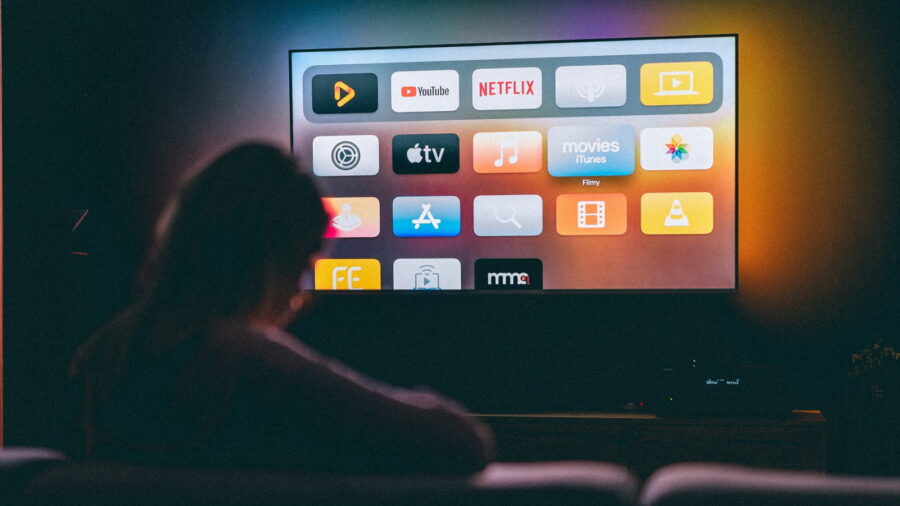
American wallets continue to groan under the yoke of inflation. Unfortunately, they’re about to undergo even more hardship, and from an unlikely source: streaming services. As Yahoo Finance reports, Apple TV+ recently declared its monthly subscription price will ascend from $6.99 to $9.99, joining the ranks of Netflix, Disney+, Hulu, and ESPND+—all of which recently upped their prices. What’s more/worse, experts predict streaming costs will continue to spike.
Streaming Prices Have Doubled Since Inception
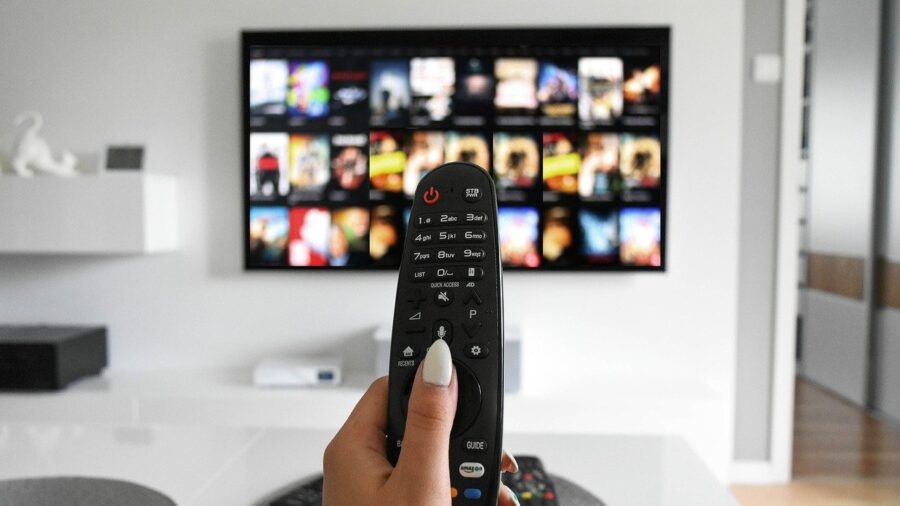
It’s probably needless to say that consumers adore streaming platforms, which function as the new wave of entertainment, freeing viewers from the traditional constraints of cable television. They have also historically been generally affordable, if not low-cost.
But as life goes on—as these streaming services evolve—the halcyon days of ultra-low-cost streaming are speedily becoming distant memories. For instance, half of the major U.S. platforms now charge double what they did at their inception. To add insult to injury, most of these platforms haven’t even reached their ten-year anniversaries.
Price Hikes Don’t Seem To Deter Consumers
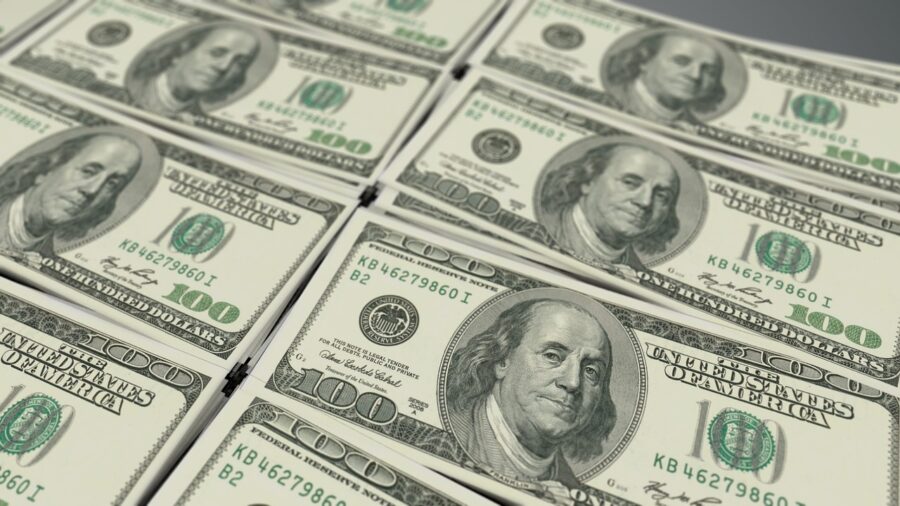
However, customers, albeit reluctantly, continue to foot the bill of streaming costs. Still, industry analysts closely monitor for indicators of subscription fatigue. Robert Fishman of MoffettNathanson, forecasted the hiking prices would unflaggingly keep on hiking. He cites Netflix’s strategy of routine price appreciation, which has been part and parcel of their profitable streak, itself extending beyond a decade.
The saturated streaming market shares at least part of the blame for the ongoing price increases. For a streaming giant like Netflix—servicing a staggering 77 million paid subscribers throughout the U.S. and Canada—securing new subscribers is a Herculean task. Ultimately, the revenue potential of hiking streaming costs vastly exceeds efforts like forcibly converting password sharers into paying subscribers.
Legacy Media Has Even Found Ways To Benefit
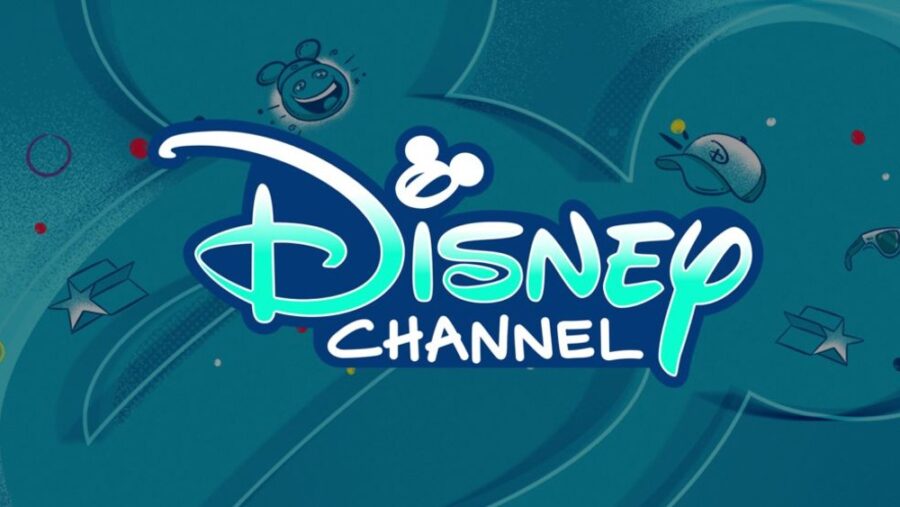
Meanwhile, for their part, legacy media corporations perceive price increases as lifelines for offsetting the long decline of traditional TV revenues. Streaming, however, remains the most lucrative game in town. For example, as Disney gains total control of Hulu, combining it with its preexisting Disney+ and ESPN+ offerings, Disney’s streaming-derived revenue should soon surpass the losses of its linear TV business, at least according to AllianceBernstein’s analyst, Laurent Yoon.
But such convenient and reparative compensations are far from universal; both Peacock and Paramount+, for example, struggle to bridge the gap, the sheer losses incurred by their legacy network counterparts.
Ad-Supported Tiers Help Streamers Even More
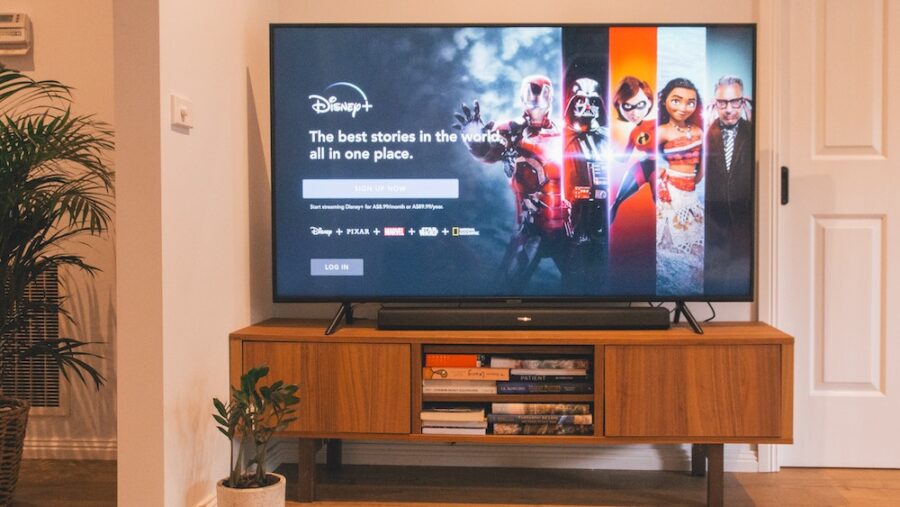
Still, underlying strategies emerge. Major media companies purposefully push the boundaries of streaming costs, in part to (not so) subtly nudge their consumers toward ad-supported—cheaper—pricing options. Disney CEO Bob Iger said as much, revealing his bet that herding subscribers toward the unlimited upside potential of ad revenue, as opposed to the fixed returns from subscriptions, will pay off big.
Streaming Bundles Will Soon Be The Norm
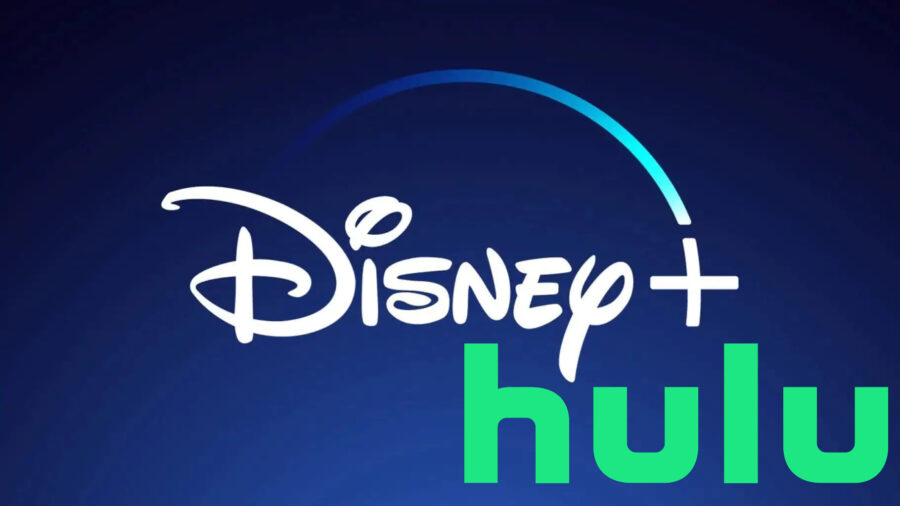
This explains why ad-supported tiers remain so affordable in comparison. Disney+’s ad-supported subscription costs $7.99, half the price of its ad-free counterpart. While the streaming landscape, as a whole, is rife with competition and rising operating costs, more or less assuring a thinning of the herd. Analysts foresee bundling streaming services down the line, seeking survival in numbers, or even retreating to supply content to bigger fish streaming services (a platform like Peacock creating projects essentially to sell to Netflix, for example).
Whatever the eventuality, one thing is sure: streaming costs rise, and will keep rising.












